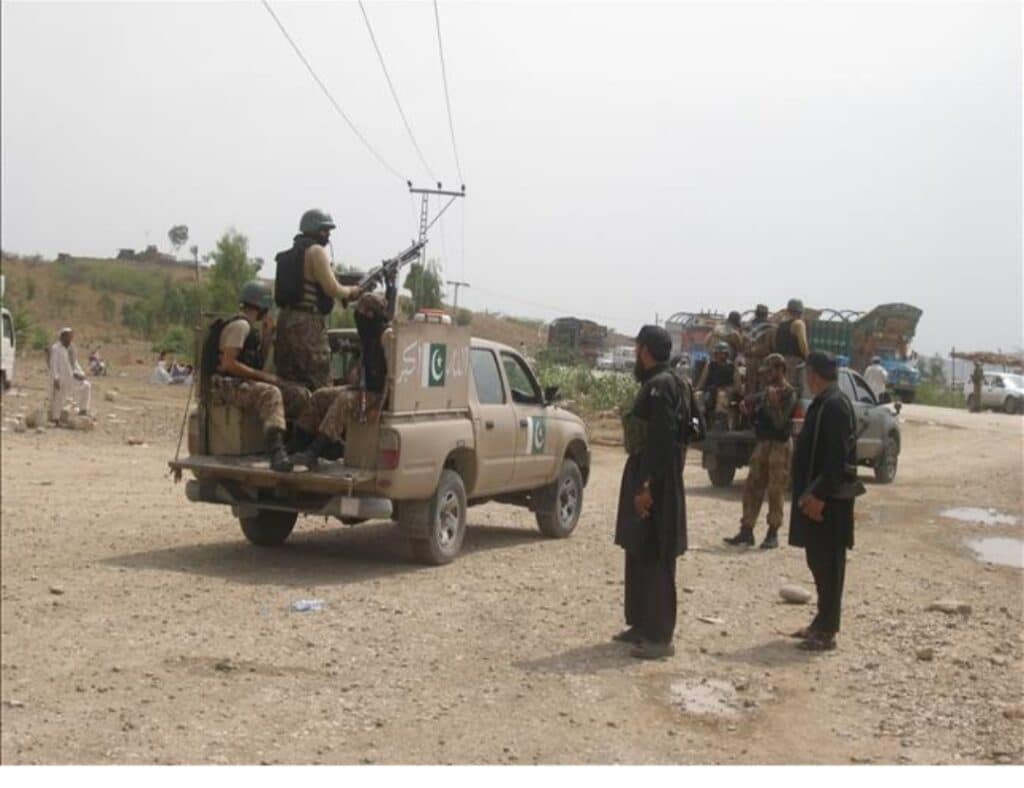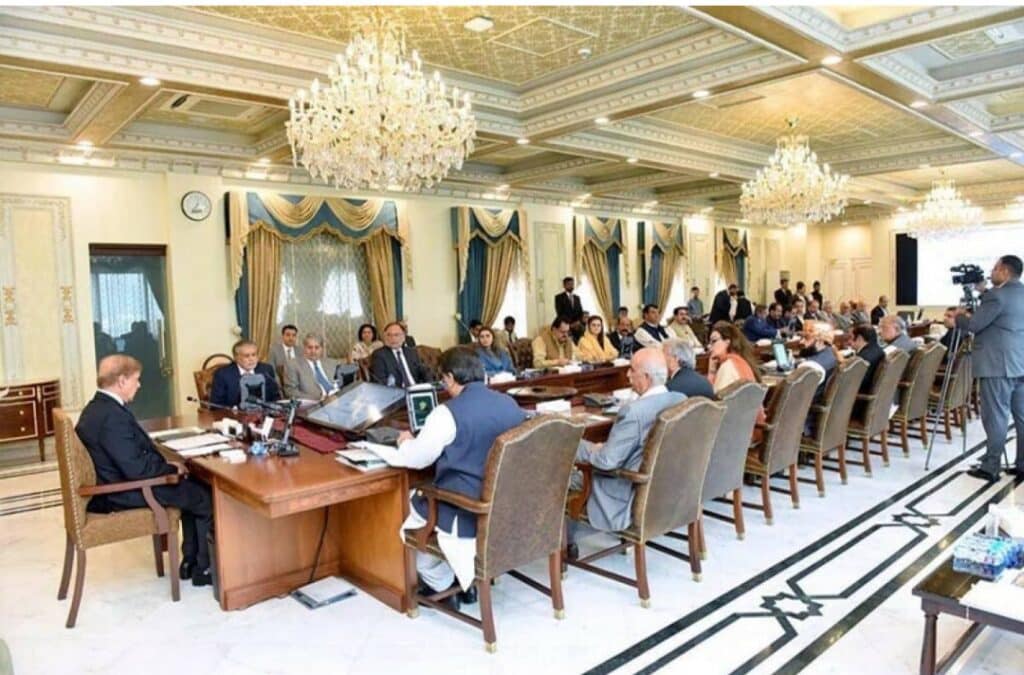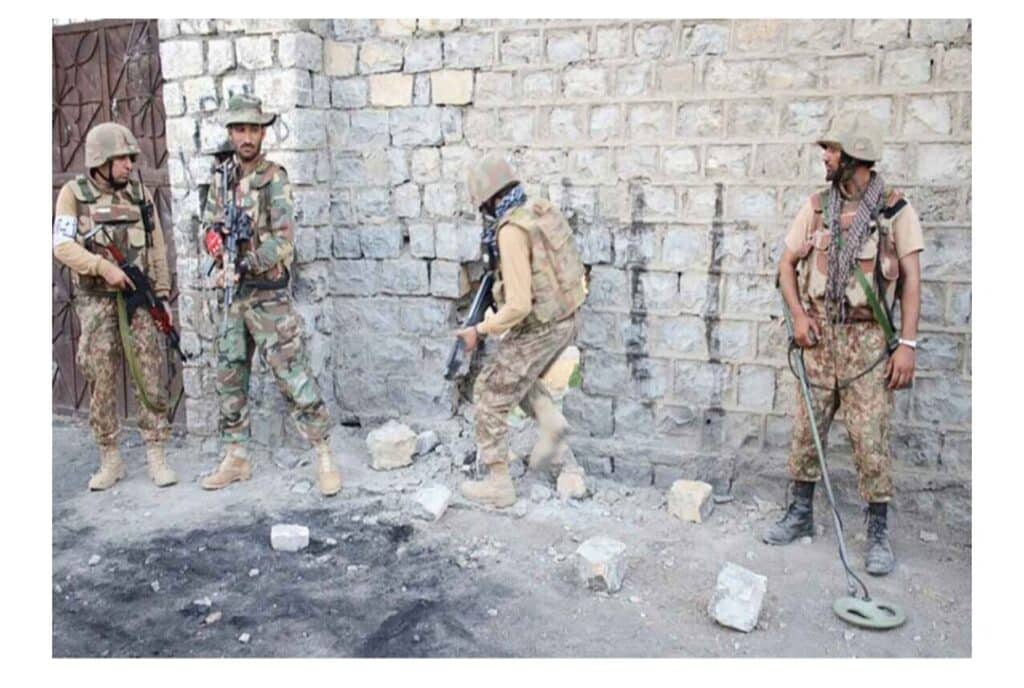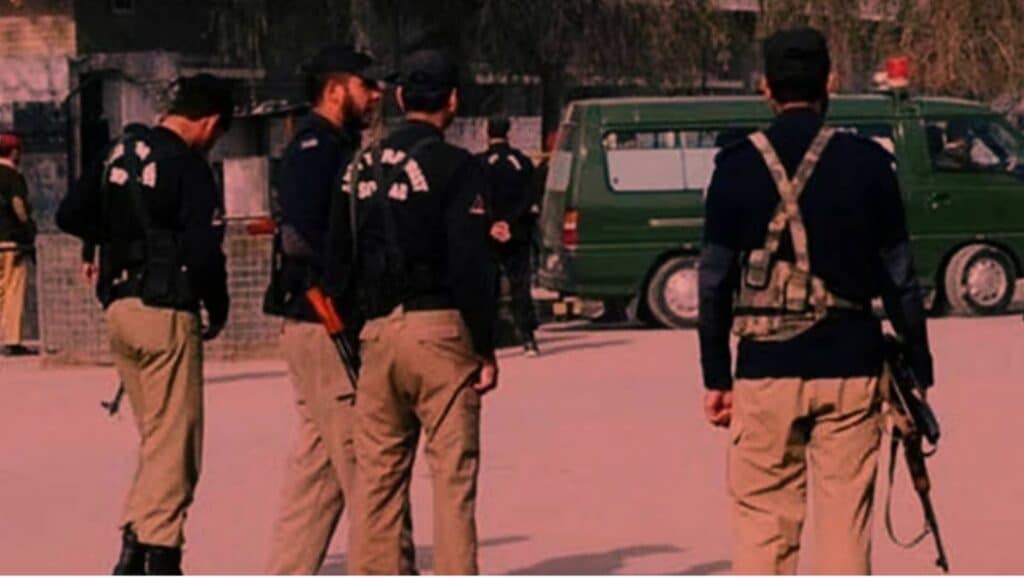Pakistan continues to receive widespread international recognition for its decisive and effective response to recent Indian aggression, with global media outlets acknowledging the failure of India’s military strategy and Pakistan’s aerial superiority.
In a hard-hitting report, a leading British newspaper declared India’s military planning a failure, noting that Pakistan had gained a clear upper hand on the aerial front. The report emphasized that India failed to deliver a decisive strike, and despite billions spent on advanced weaponry, it could not match Pakistan’s combat performance.
The destruction of India’s high-profile Rafale fighter jets — three of which were shot down by Pakistan Air Force (PAF) jets during the May 6–7 skirmishes — has been described by analysts as a “humiliating defeat” for India. The report highlighted that Pakistan Air Force, equipped with Chinese-made J-10 fighters, used cutting-edge missile systems to bring down a total of five Indian aircraft, including Rafales, MiG-29s, and an SU-30.
According to Gulf media, this marks the first time in history that Rafale jets have been downed in combat, making the incident globally significant. The coverage further asserted that Pakistan’s success sent shock-waves through military circles, as the Rafale’s loss called into question India’s multi-billion-dollar defence investments.
A senior South Asia editor at the BBC, Amberson Utherjan, stated, “India must accept that Pakistan’s air power has proven to be more capable in this conflict.” He added that despite India’s purchase of sophisticated Western arms, it struggled to gain the upper hand.
American media outlets also cited high-level Pakistani security sources who confirmed that more than 125 aircraft from both nations participated in the over hour-long aerial battle, yet none crossed into enemy airspace. Missiles were reportedly fired from distances exceeding 160 kilometres, underscoring the advanced capabilities of both air forces.
Defence experts have called the air engagement a rare opportunity to analyse modern air warfare tactics, technology, and pilot skill — especially between Chinese and Western fighter platforms. Militaries worldwide are now expected to closely study this engagement to inform future strategic planning.
Pakistan’s successful operations have now not only redefined the regional military balance but also sparked renewed global debate on the effectiveness of high-cost Western defence systems versus evolving Eastern platforms.





